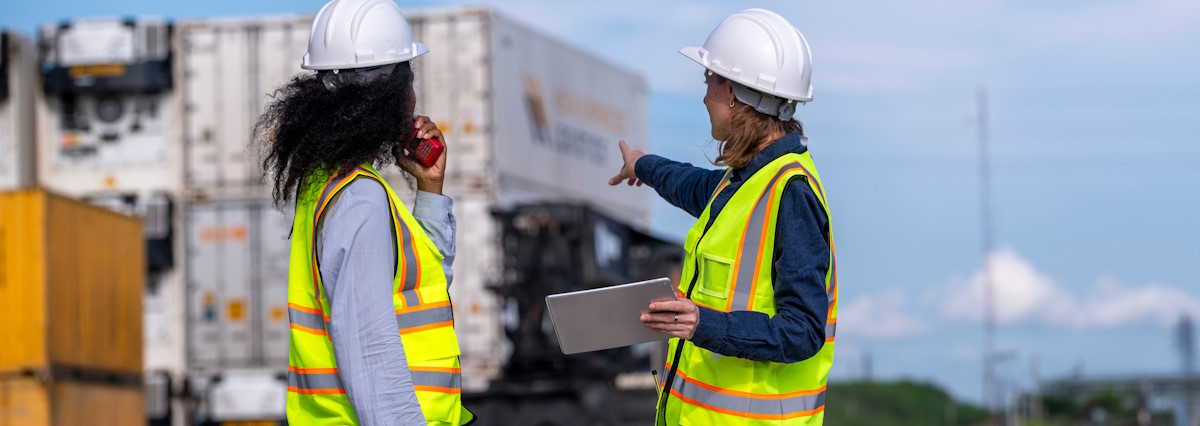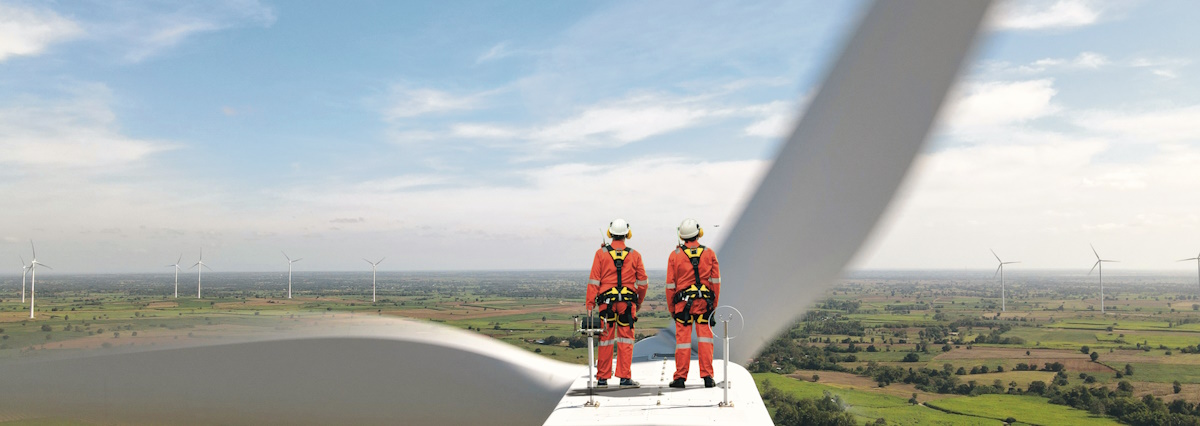As an insurer and global trade enabler, Allianz Trade is uniquely positioned to help companies and the overall economy grow in a more sustainable way.
The net zero challenge
‘Net zero’ refers to balancing the amount of GHGs released into the atmosphere with the amount removed, effectively bringing net emissions to zero. Achieving this balance is central to the Paris Agreement, adopted by most of the world’s countries in 2015. This international treaty set the goal of limiting global temperature rise to well below 2°C, with an aspiration to keep it under 1.5°C. To reach this aim, global emissions need to reach net zero by 2050. Our 2024 Global Survey showed that reaching net zero is top of mind for corporate decision-makers. Of the 3,000 companies in China, France, Germany, Italy, Poland, Spain, the UK and the US surveyed, 74% of respondents agree (26% strongly agree, 48% somewhat agree) that their company is on the right track to achieve net-zero by 2050.
However, despite global pledges, the world is headed for a temperature rise of nearly 3°C by the end of the century . To reach net zero, the need to reduce emissions is urgent. Global trade must play a central role in this transition, as there is often a gap between aspirations and reality: transportation represents more than 30% of global travel emissions. In our survey, the majority of respondents (65%) aim to reduce their carbon footprint associated with trade by only 1-5% in the next year; just 31% are planning reductions higher than 5%.
Reducing emissions from global trade
Reducing emissions related to international trade requires action from actors across the global trade ecosystem. At a country level, government policies are an essential factor in driving change. For example, governments may incentivize locating production at home or in nearby countries, reducing emissions from long-distance transportation. This trend is what we call near-shoring. 22% of survey respondents prioritize the potential relocation of supply chains based on ESG considerations within their business strategies.
What’s more, to ensure climate policies enacted by countries are effective, global coordination between governments is crucial. Without it, there’s a risk of fragmented efforts..
Meanwhile, individual companies can also implement measures to reduce their trade-related carbon footprint. Minimizing transportation distances by relocating production sites is one way to optimize supply chains. Another is choosing more sustainable modes of transport, such as shifting from air freight to sea (known as green shipping) or rail.
Additionally, companies can encourage their suppliers to adopt sustainable practices. This helps reduce emissions across the entire supply chain. For instance, companies might require suppliers to set net zero goals as a condition for partnering with them.
Building sustainable supply chains through human rights and environmental due diligence is crucial. According to the OECD Guidelines for Multinational Enterprises, due diligence is an ongoing, proactive, and reactive process through which companies can identify, prevent, mitigate, and account for how they address adverse impacts in their operations, supply chain, and business relationships. This includes ESG risks such as human rights, labor rights, the environment, bribery, corruption, and consumer interests. The necessity for exhaustive, transparent, and coherent supply chain greening or “cleaning” is further underscored by recent regulatory developments such as the Corporate Sustainability Reporting Directive (CSRD) and the Corporate Sustainability Due Diligence Directive (CSDDD).
Global trade as a catalyst for reducing emissions
While global trade is a significant contributor to carbon emissions, it also holds the potential to be a crucial part of the solution to climate change. Trade can accelerate the spread of sustainable products, services and technologies, increasing their adoption. For example, importing and exporting technologies such as carbon capture, utilization and storage (CCUS) or solar energy systems enables these solutions to be deployed in more countries.
Governments can play a role in facilitating the trade of sustainable products and technologies. In the Allianz Trade 2024 Global Survey, companies identified the following government policies as having significant potential to reduce their supply chain emissions:
- Tax breaks for green production: Offering financial incentives to companies that adopt green technologies and practices can accelerate the transition to more sustainable production methods.
- Lowering the price of green technologies: Making green technologies more affordable can drive wider adoption, helping to reduce the carbon footprint of trade.
Insuring the transition to a sustainable global economy
As a global trade enabler, Allianz Trade is committed to supporting the economy’s transition to net zero. It’s heartening to see other finance actors taking similar steps to engage on sustainability. Reaching net zero is a collective effort, and together, we’re building a more sustainable future.
Connect with our expert ↓

Alexis Garatti
Senior Climate Change Manager
Allianz Trade
We’ll be happy to answer your questions.















